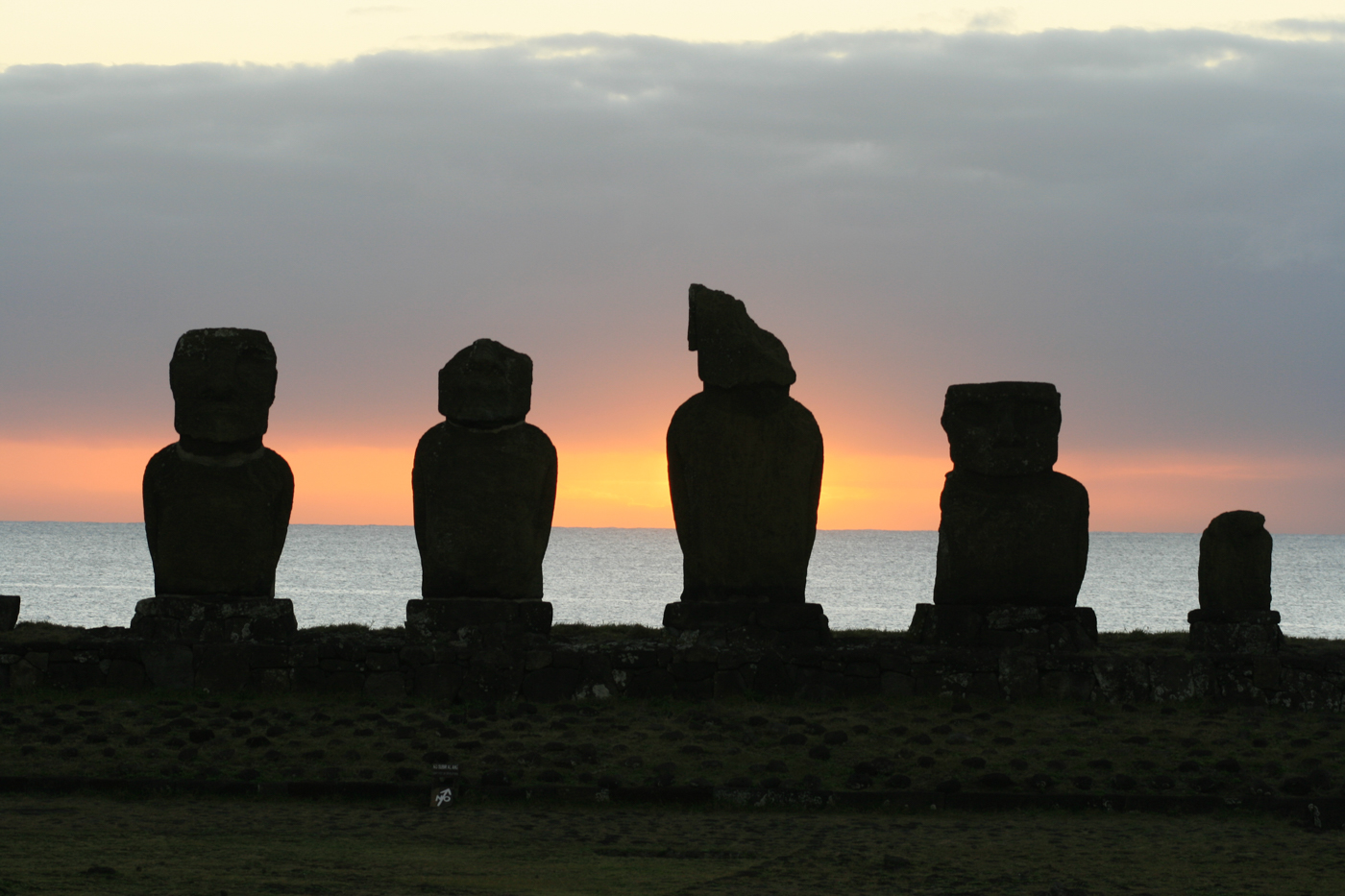
With a plausible claim to be the world's most remote inhabited territory, Easter Island is a tiny, far-flung speck in the Pacific Ocean, isolated from other populated islands by an astonishing distance of more than 2,000km in any direction – and almost 4,000km from the mainland of Chile, the country to which it belongs. Throw in the nearly 900 enigmatic stone statues that stand guard over the rugged landscape, and it's no wonder this is one of the world's most alluring destinations for adventure seekers.

When to go
Easter Island is well worth a visit at any time of the year but if your travel dates are open I would suggest visiting between November and March. The rainy season is from March to October with the wettest month being May, however the climate is subtropical so it can rain a little at any time of the year. As you'd expect from the South Pacific, temperatures are pleasant throughout the year – from an average of about 17°C in August to 25°C in February.
How long to stay
I was there for four nights and found that this was a comfortable time-frame in which to see all the important sites on the island. I would recommend either three or four nights for the ideal stay.
Where to stay
If you are looking to splash out on accommodation, the explora hotel is the option to go for. The hotel has exemplary levels of service and a flexible itinerary of included activities through which to enjoy the fascinating island. A good all-round 3 star option is the Altiplanico hotel.
Getting there
LATAM Airlines operates flights between the island and both Santiago, Chile, and Lima, Peru, so it is very easy to combine your visit to Easter Island with the highlights of either of those countries.
Exploring the island
There are a variety of excursions visiting the island's archaeological and religious sites, its spectacular volcanoes and coastline. My highlights would have to include:
- Akahanga – home to a dozen moais (the island's famous stone sculptures) standing on a massive platform facing inland.
- Ahu Akivi – here, seven moais face out to sea – unique amongst all the island's other, inward-facing statues.
- Rano Raraku – this is a volcanic crater and the birthplace of the giant moai statues. It was a quarry for 500 years and it is thought that it supplied the stone to make most of the moai. Stone heads litter the hillside, some finished, and presumably on their way to their ceremonial plinths, others half-buried, or half-carved from the rock. The views from the top are incredible and you can just about make out Akahanga in the distance.
- Anakena beach – a picture-postcard beach with swaying palm trees and two platforms of statues – one with just one moai and one with six. According to island legend, this is where the first settlement of Easter Island was founded.
- Rano Kao Volcano – the crater of this extinct volcano is almost a mile across and contains a large freshwater lake. On the rim of the volcano is the important ceremonial village called Orongo. This is where the annual ceremony of the Bird Man festival takes place – contestants must find and bring back the first egg laid by the motu nui bird! This involves a dangerous climb down the cliff face followed by a two-kilometre swim across shark-infested waters to the largest of the islands, where the egg is found and brought back to the chief.
Last updated: 16 Jun 2017
Save
Tailor-made holidays
Flexible, custom-made holidays to Latin America created to match your exact requirements: our tailor-made itineraries are as unique as the clients for whom they are designed.
Design my trip


























